
3DShipWright
Members-
Posts
238 -
Joined
-
Last visited
Content Type
Profiles
Forums
Gallery
Events
Everything posted by 3DShipWright
-
What's easier?
3DShipWright replied to Srenner's topic in CAD and 3D Modelling/Drafting Plans with Software
Just to lend credence to the curve to mesh and bridging method... It's tedious to be sure, but it's hard to argue with the results: -
What's easier?
3DShipWright replied to Srenner's topic in CAD and 3D Modelling/Drafting Plans with Software
Hi Srenner, So the good news is, to my mind at least, this is a really easy issue to solve. I would simply start by converting the curves to meshes. Go to the object menu -> convert -> mesh. Do this for all of them. Now each curve is its own 2d object. Next, position them in line per the plans (I think you already did this), select all of them and press ctrl+j to join them into a single object. Finally, provided each curve has the same number of vertices, you can select 2 at a time in edit mode and bridge the edge loops. Let me know if this is accomplishes what you were trying to do. Best, -Nate -
Thanks for the kind words Kurtis... And yeah, I totally have a love-hate relationship with Boolean, because it always involves retopology after its used. That said, if used before you solidify and/or cut the individual planks, the clean-up is harmless. Regarding your modifier stack, I'm interested to learn how/why you used the geo nodes and the weighted normals? Perhaps you know something I don't, and I'm always eager to learn new tricks... lol Finally, on a slightly different topic, I thought I'd share a screenshot of the last figurehead I did. I think on my current project i'm going to attempt to replicate a wooden sculpture but below is an example of a worn bronze patina look w/ oxidation streaks. Note: which ever route you go, it may behoove you to model the generic character first, and use an armature to pose it on the front of the ship... you'll have way more flexibility this way Best, -Nate
-
Ok, so I lied about the last post being the final step lol. This really is the conclusion however (I promise) Step 10. Apply all modifiers on all the plane objects, then use ctrl+J to join them into a single object. Tab into edit mode, select two adjacent edges at a time a bridge them (make sure the 'merge' option is selected) To do this go to the 'Edge' menu -> 'Bridge Edge Loops' After bridging: Step 10b. Once the edges have been bridged and merged, we actually want to dissolve the resulting edge. This may seem redundant, but this is necessary because the program has merged the points at the shortest distance and has not smoothed out the connection. Press 'delete', and select 'dissolve edges' from the resulting pop-up menu. Step 10c. Finally, there will be excess mesh on the outermost edges that doesn't follow the curve of the hull. Simply select these edges and choose 'delete vertices' as seen here: Ta Da!!!!!!!! So this is where I'll leave you. From here, I usually just boolean cut the front with the keel object itself (which is always the next thing i model) to ensure a perfect fit, and then select alternate rows from the mesh and separate and solidify to start the planking process. There is always some amount of tweaking involved, but I've found through many failures that doing hulls this way sets me up for success, as its easy from here to create the frames, internal planking, and external planking all from one 'shell' so-to-speak. Hope this helps, -Nate
-
Continued from above: Step 5. Add a small plane. I usually use 6in x 6in but it should be the approximate width of each plank in the hull. (Note: the example in the screenshots is actually a longboat, so I used a 4in plane) Tab into edit mode and rotate the plane along the 'y' axis 90 degrees, then align it so the bottom vertices are at 0 'Z' location. Finally press 'ctrl+r' to cut it vertically down the middle. Step 6. Add an array modifier with the following settings: - Fit type = Fixed Count (Very important - the number you put here corresponds to the number of planks on the ship from the rabbet at the keel up the sides of the hull to the bulwark cap rail. This should be the same for each curve, so count the number of planks up to the lowest edge of the bulwark, i.e. ignore the forecastle, quarter deck, or poop deck planking for now. - Relative Offset Factor: X=0, Y=0, Z=1 - Merge = Checked (default distance value is fine) Step 7. Add a curve modifier with the following settings: - Curve = use the eyedropper to select the curve you want the array to follow. You will do this for all of them so it doesn't matter which you start with - Deformation axis = 'Z' Note: if the tilt is wrong like in the image above, just tab into edit mode and rotate the whole thing on the z axis + or - 90 degrees, until it looks like this: Step 8. Duplicate the plane, and clear out the 'Curve Object' value in the curve modifier. Then use the eye dropper to select the next curve in the series. Do this for all curves (assign 1 plane to each curve) You will notice that on the narrower sections of the hull the same number of planks will overshoot the curves, and on the widest parts of the hull, the planking may not reach all the way up. Step 9. To Fix the height inconsistencies, tab into edit mode and make the individual planks taller or shorter. We must do this BEFORE we apply the modifiers. When done with all of them, it should look like this:
-
Looking Great Kurtis, Your project is kinda like ghost of Christmas future for me, as I've decided a 1st or 2nd rate ship of the line will be my next project. I didn't become a member till your project was well under way, but for what its worth I have hull creation down to a science that doesn't require hours of smoothing, subdividing, and sculpting. I'm sure you probably did some of these steps, but I'm curious to see another blender artists strategy: 1. Import three copies of the plans (as reference images), scale to blender world scale accordingly, and align the plans in all three dimensions. Tip: The origin should be the top of the rabbet (or top of the keel, failing that). 2. Trace the lines with a line mesh or a curve (We'll be converting these to curves, but I'm better working with meshes, so I prefer to start with a plane a delete two of the vertices so I have a line segment, then just extrude as needed. untill it smoothly follows the plans. 3. Repeat step #2 for all hull 'slices' on the plan. Switch into plan view (X-Orthographic) and align each line or curve segment to its correct position along the 'Y' axis when done, it should look like this: 4. Select either the front or back curves, tab into edit mode, and with the pivot point set to 3d cursor, type 's' to scale, 'x' to lock on the x-axis, and then '-1' to essentially flip everything to one side. Finally, in object mode, select everything, convert to curves (if they aren't already), and go to 'object' menu -> 'apply' -> 'apply all transformations' The apply all transformations part is vital to the FINAL STEP FINAL STEP is continued in next topic reply...
-
A few minor improvements made over the last week or so: 1. Cross-lashings (supports the course yard jeer blocks) on the fore and main mast heads/caps added 2. Reef tackle lines for the fore and main topsails added 3. Carronades replaced with higher quality versions. They don't currently appear tied to their brackets on the hull, but I will update that a bit later
-
New screenshot as part of on-going materials enhancements... The Objective in Layman's Terms: Make the sails look as realistic as possible. The Objective in Geek-Speak: This screenshot was part of a ray-tracing test (i.e. Cycles Rendering Engine) for the sail canvass material, and updates to the underlying texture nodes to achieve the desired results, which include: 1. If back lit, I want to reproduce the iconic 'golden' effect of subsurface scattering properties. To accomplish this, I figured out that the sails cannot simply be 2-dimentional planes; they must have an actual thickness to them. However, because the quilting, seams, and ropes fed through the sails only protrude from the front, I needed to invert the colors of the normal, bump, roughness, and ambient occlusion textures on the backsides of each sail while ensuring that the normals themselves continue to point outwards. 2. Also when back lit, the translucent - but not transparent - properties should become obvious. This is accomplished by adding a transmissive element to the material, and using a mask to ensure its only applied to the thinner parts of the sail cloth. 3 When front lit, I want the 'micro details' (wrinkles) cloth brush to be visible first on a high-poly copy of each sail, then on a baked normal map applied to the original copy. I've only done the Fore Topsail like this so far, but if it works, I'll do the same to the others.
-
Thanks! Unfortunately, all my work is destined to remain digital. I was born with a disability that severely limits the use of my hands, so I'll never be able to construct the outstanding 'real' models the way you guys do... That said, I can do this:
-
Haha - yeah, ain't that the truth! First, thank you for the kind words... this project is about 14 months in the making and has been every bit as tedious as it appears. Second, Blender is arguably the best software I have ever downloaded - yet the learning curve is such that so many folks I know end up walking away. The skillsets do indeed take a while to develop, once they do, they're yours. For me it was like learning a foreign language. A grind at first, but then something just 'clicked'. So keep at it, and if there's any particular Blender tips or tricks of the nautical variety you want an opinion on, I'd be honored to help where I can. Happy Modelling!
-
Stripping her down a bit, we can get a better look at the underlying structures. Note that: 1. A few objects seem to be 'floating' in these images, because in reality, they are affixed to either the internal or external planking (Not shown). 2. The gunports appear to be partially sealed off. This plane is textured as a mesh netting that wraps around the end of the carronades 3. Handles not yet modeled on the pumps I'll do a comprehensive breakdown by layer in a bit. Comments/suggestions welcome. Thx!
-
3D Brig sloop of the late 18th or early 19th century, modeled 100% based upon real-world plans, from a number of different ships. Topic opener, more to follow shortly.
About us
Modelshipworld - Advancing Ship Modeling through Research
SSL Secured
Your security is important for us so this Website is SSL-Secured
NRG Mailing Address
Nautical Research Guild
237 South Lincoln Street
Westmont IL, 60559-1917
Model Ship World ® and the MSW logo are Registered Trademarks, and belong to the Nautical Research Guild (United States Patent and Trademark Office: No. 6,929,264 & No. 6,929,274, registered Dec. 20, 2022)
Helpful Links
About the NRG
If you enjoy building ship models that are historically accurate as well as beautiful, then The Nautical Research Guild (NRG) is just right for you.
The Guild is a non-profit educational organization whose mission is to “Advance Ship Modeling Through Research”. We provide support to our members in their efforts to raise the quality of their model ships.
The Nautical Research Guild has published our world-renowned quarterly magazine, The Nautical Research Journal, since 1955. The pages of the Journal are full of articles by accomplished ship modelers who show you how they create those exquisite details on their models, and by maritime historians who show you the correct details to build. The Journal is available in both print and digital editions. Go to the NRG web site (www.thenrg.org) to download a complimentary digital copy of the Journal. The NRG also publishes plan sets, books and compilations of back issues of the Journal and the former Ships in Scale and Model Ship Builder magazines.



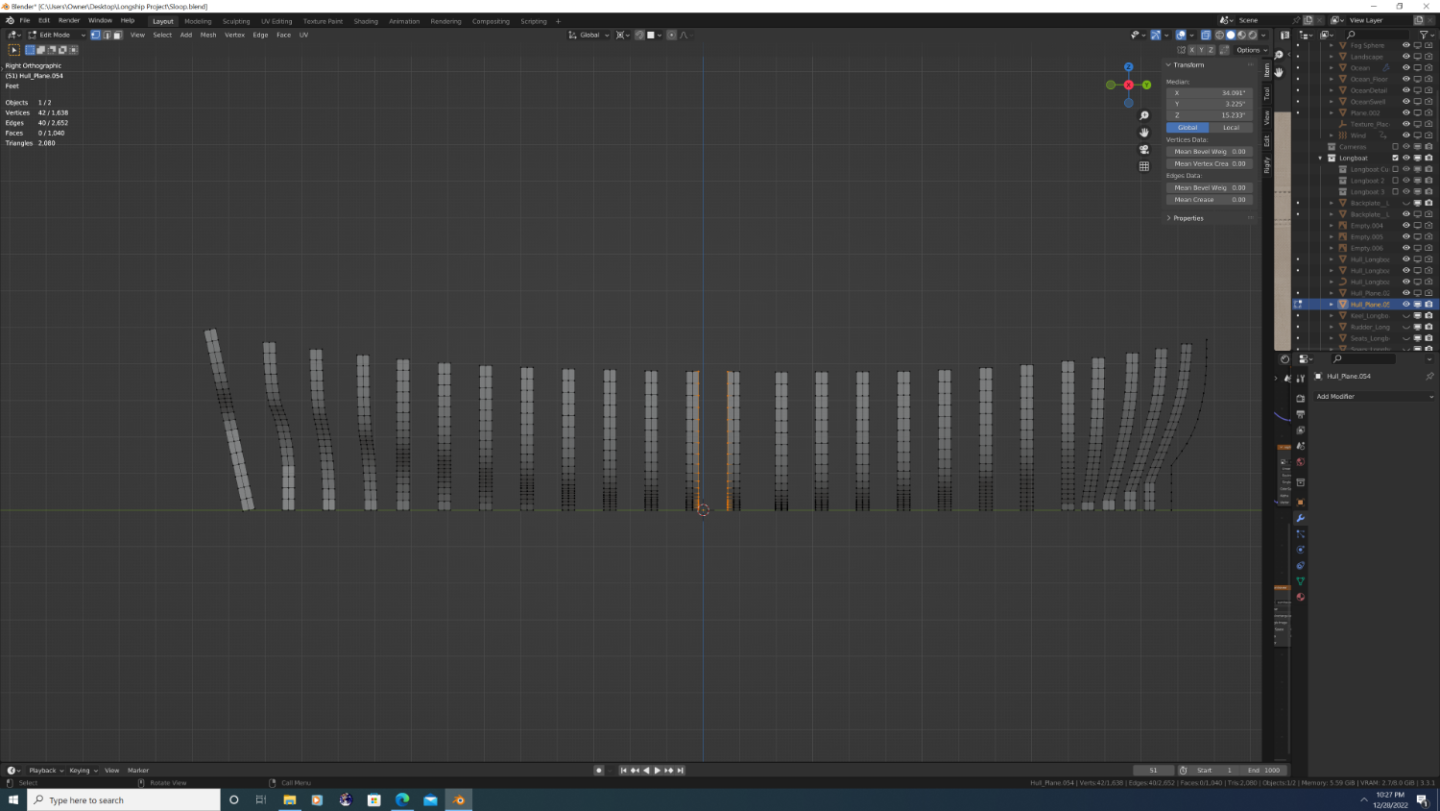
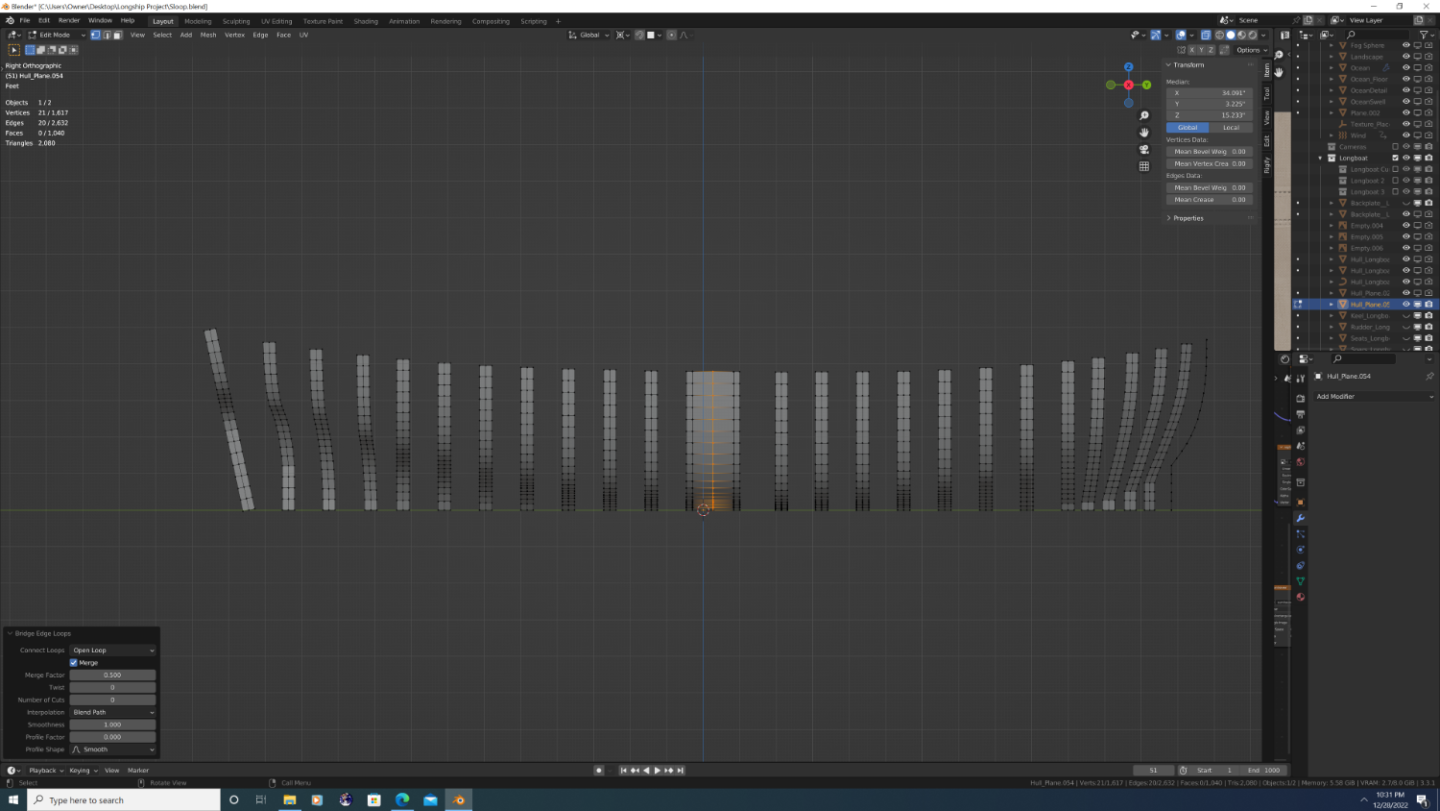
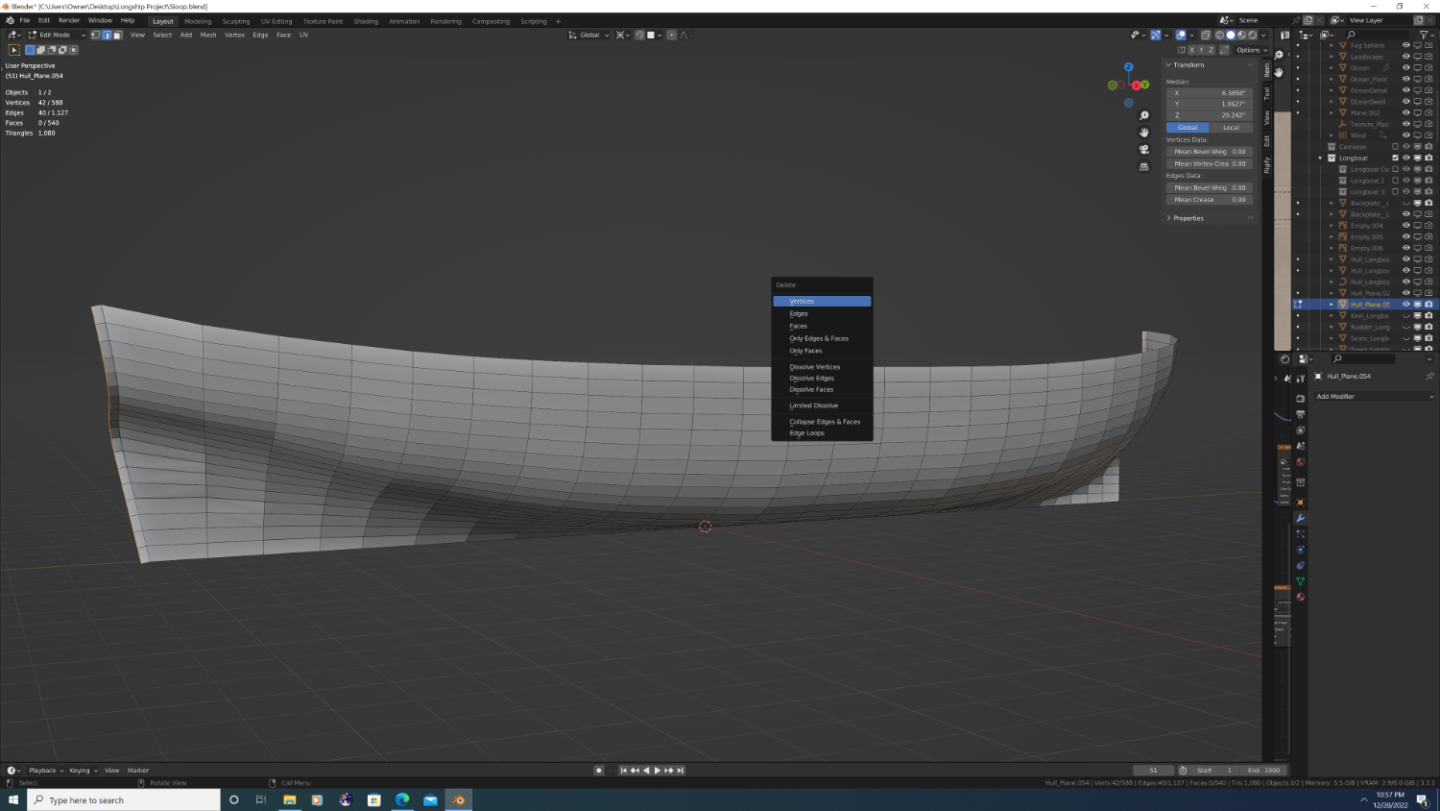
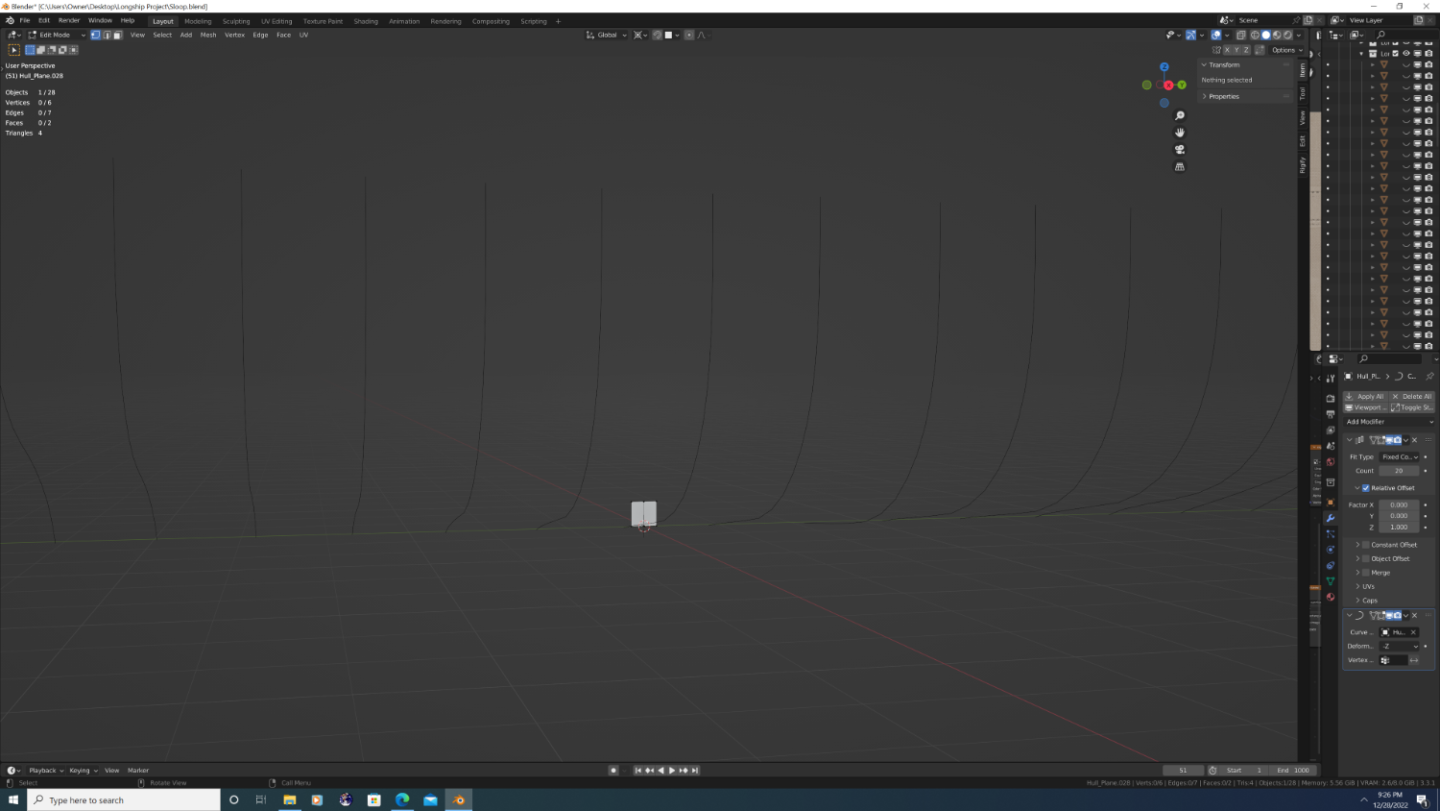
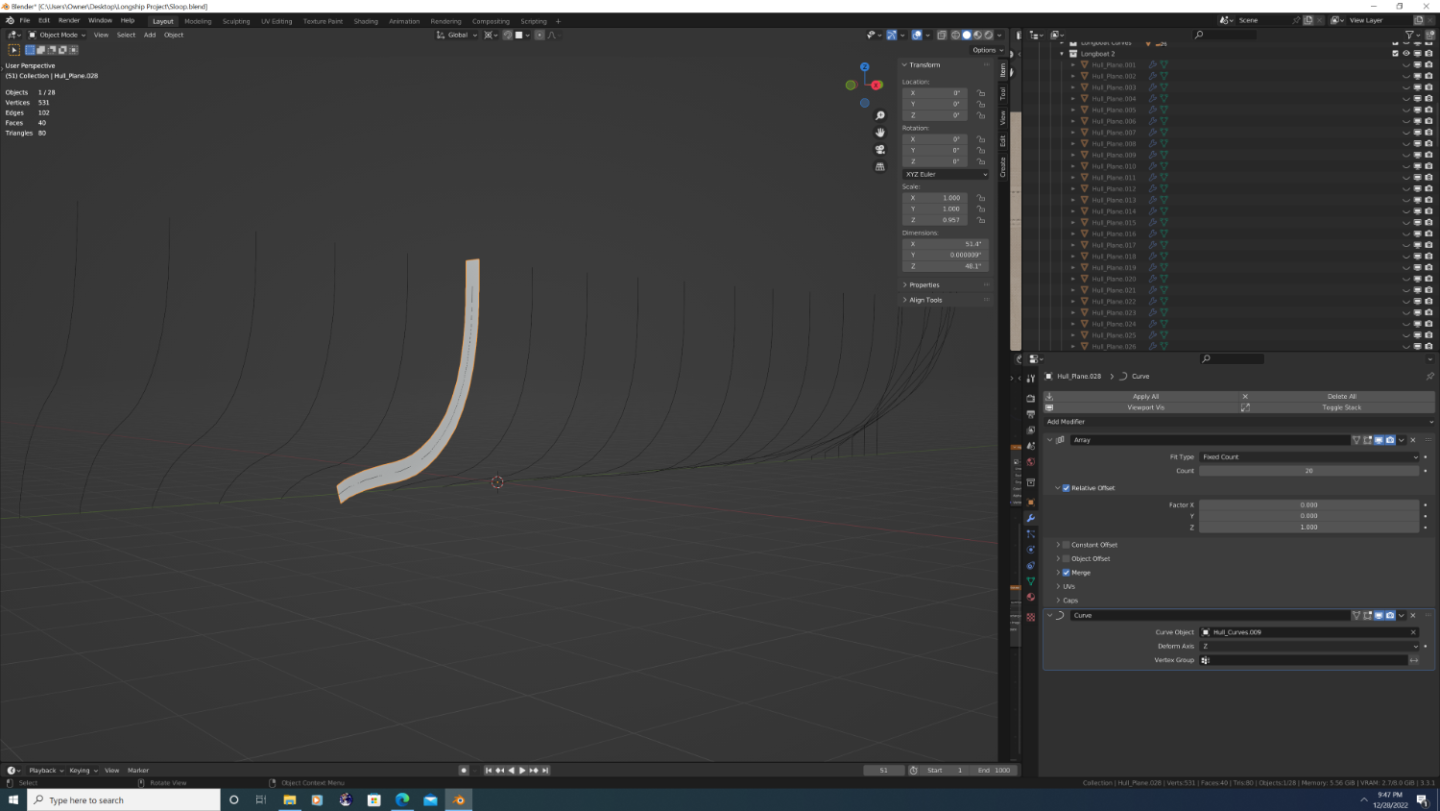
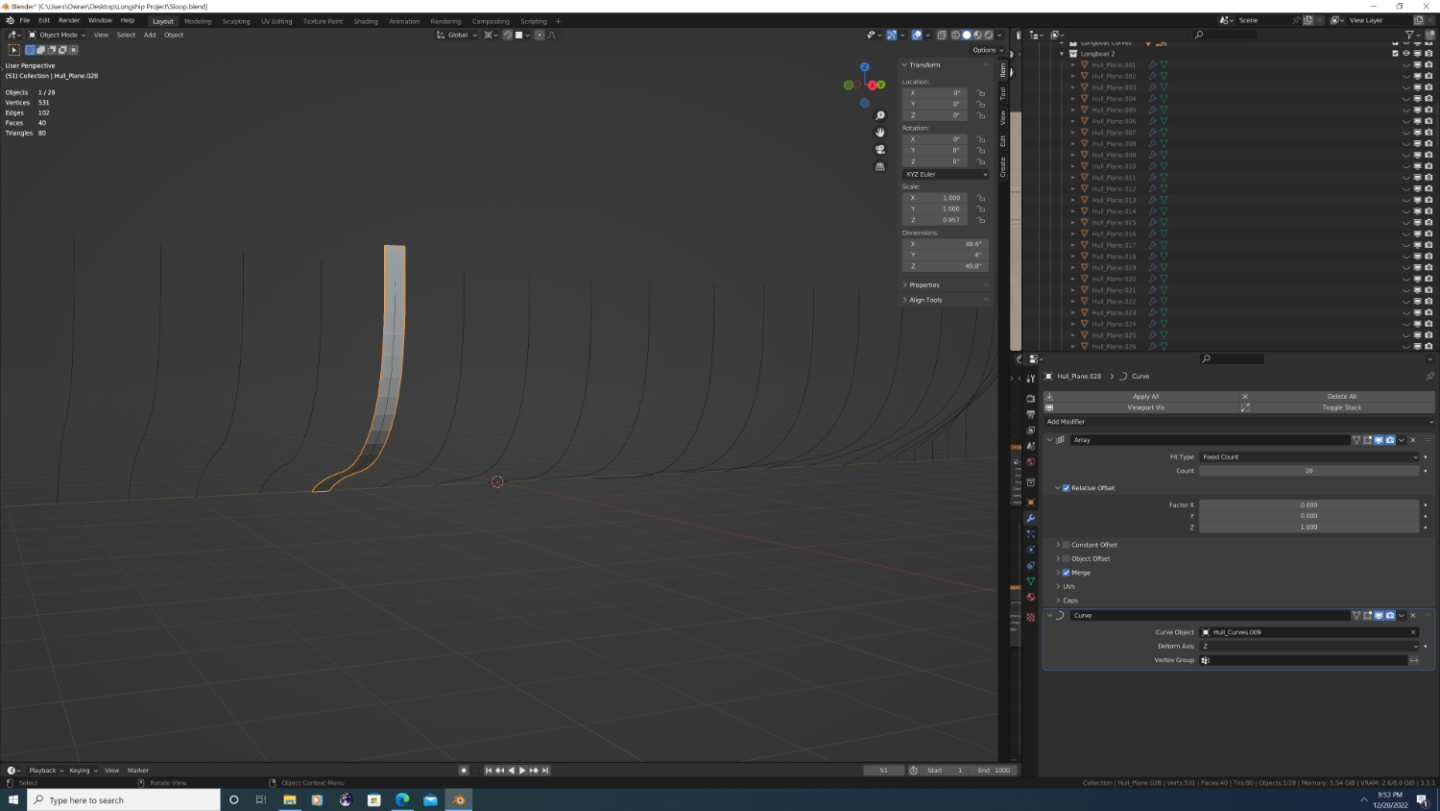
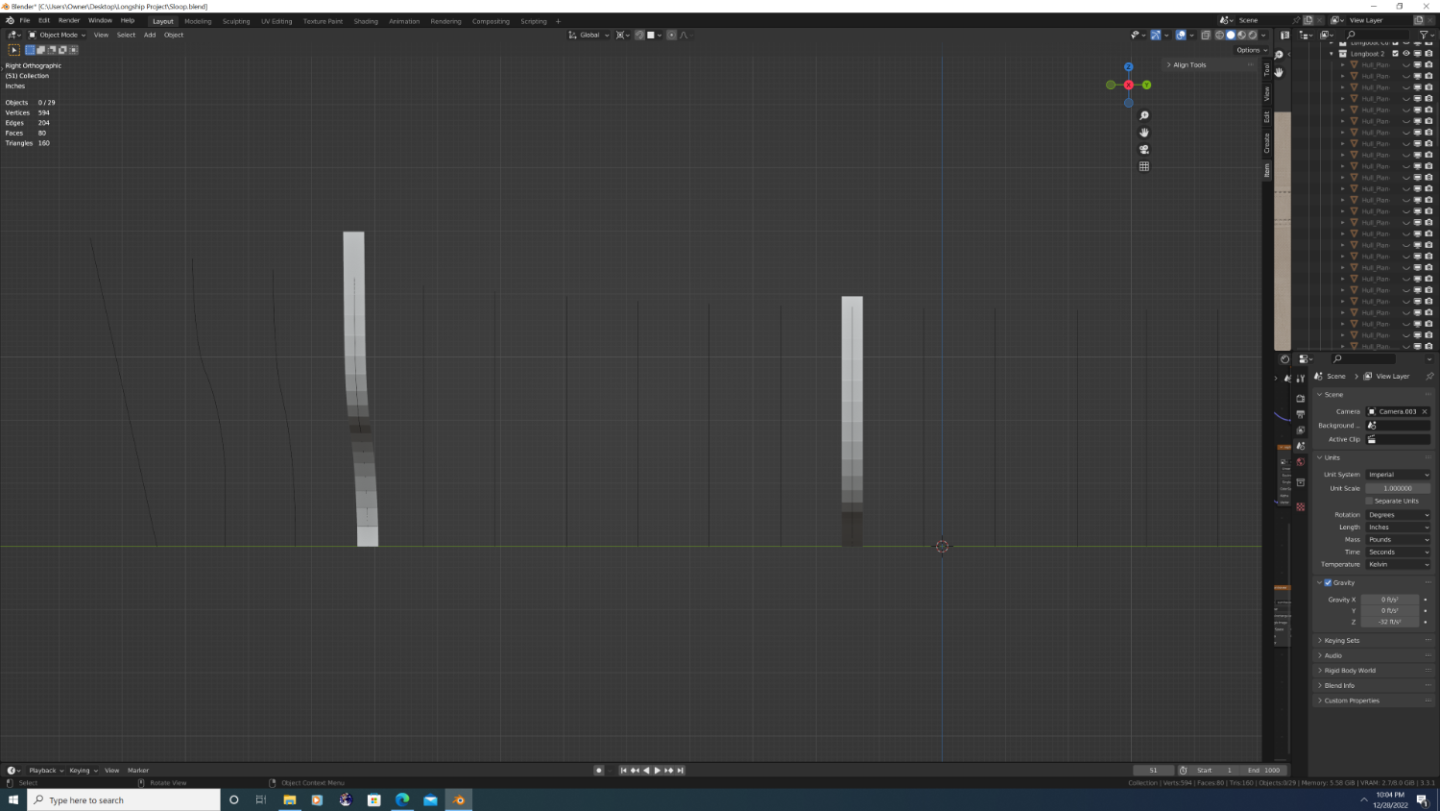
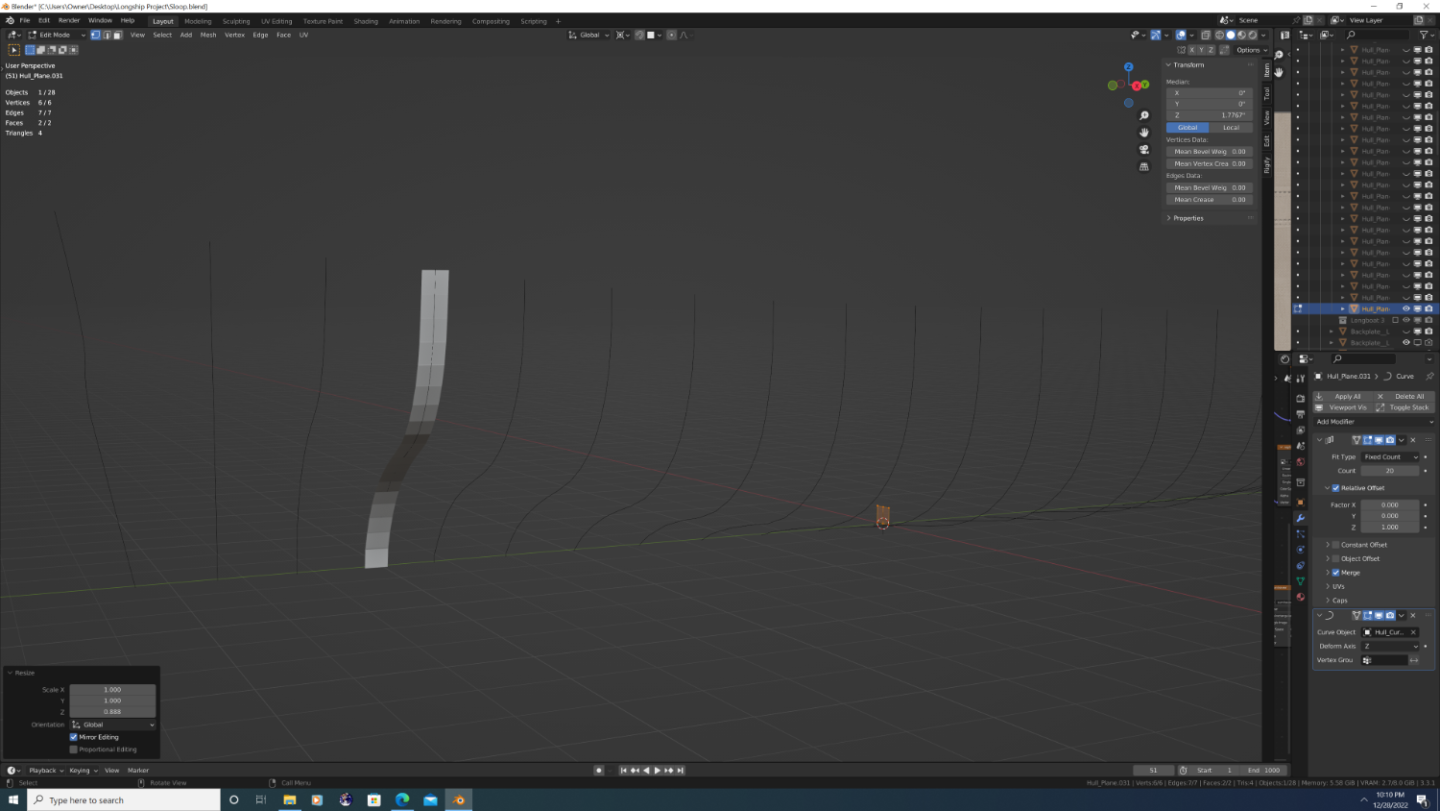
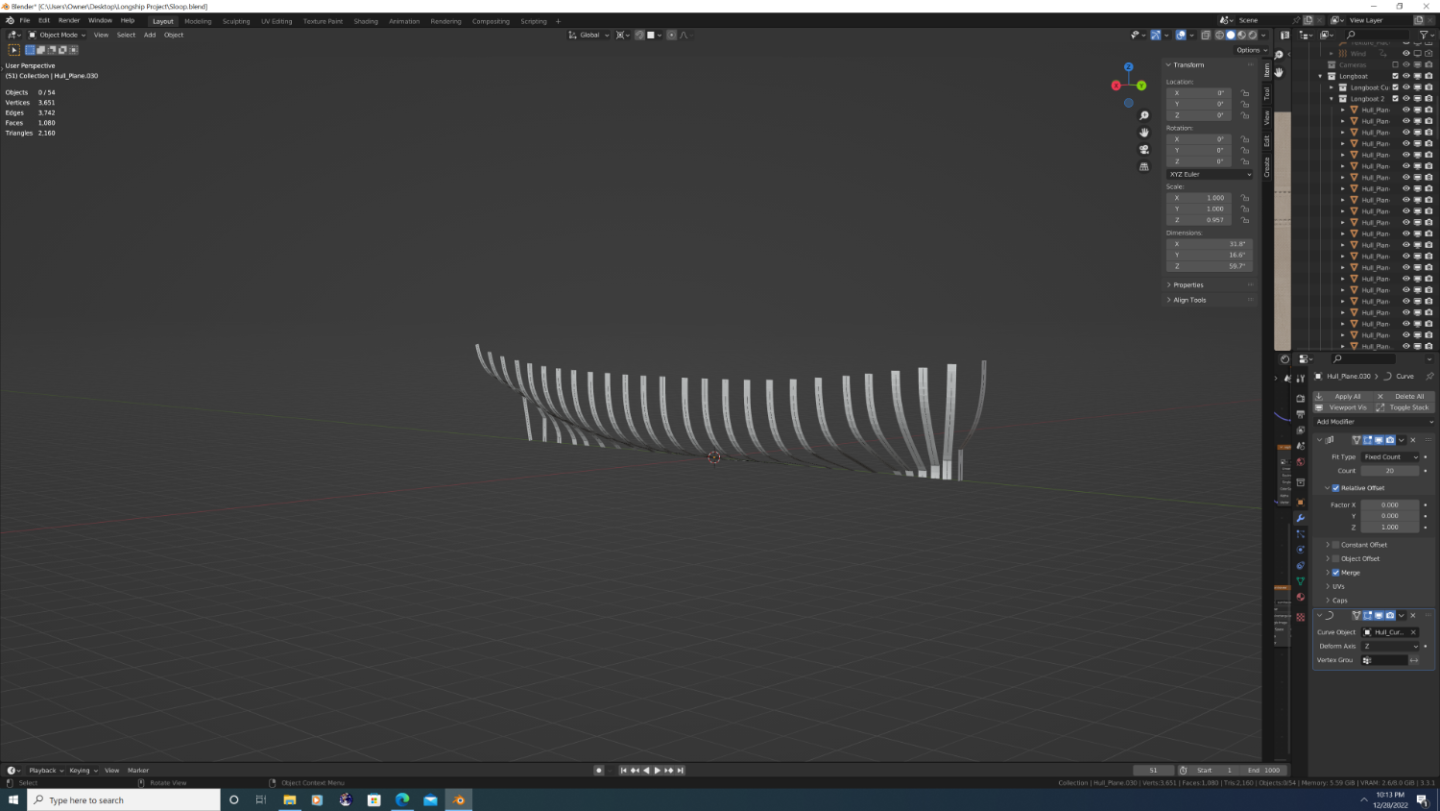
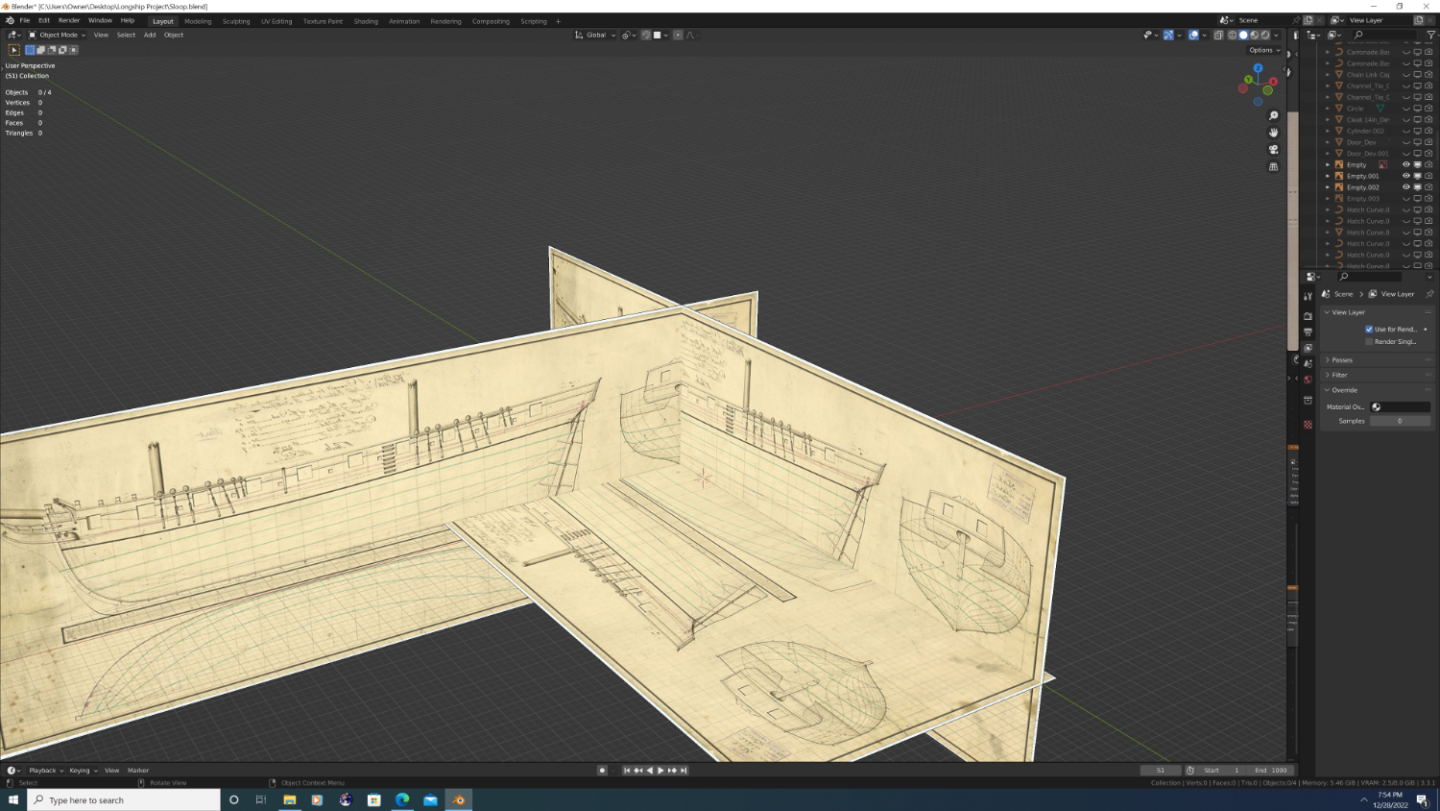
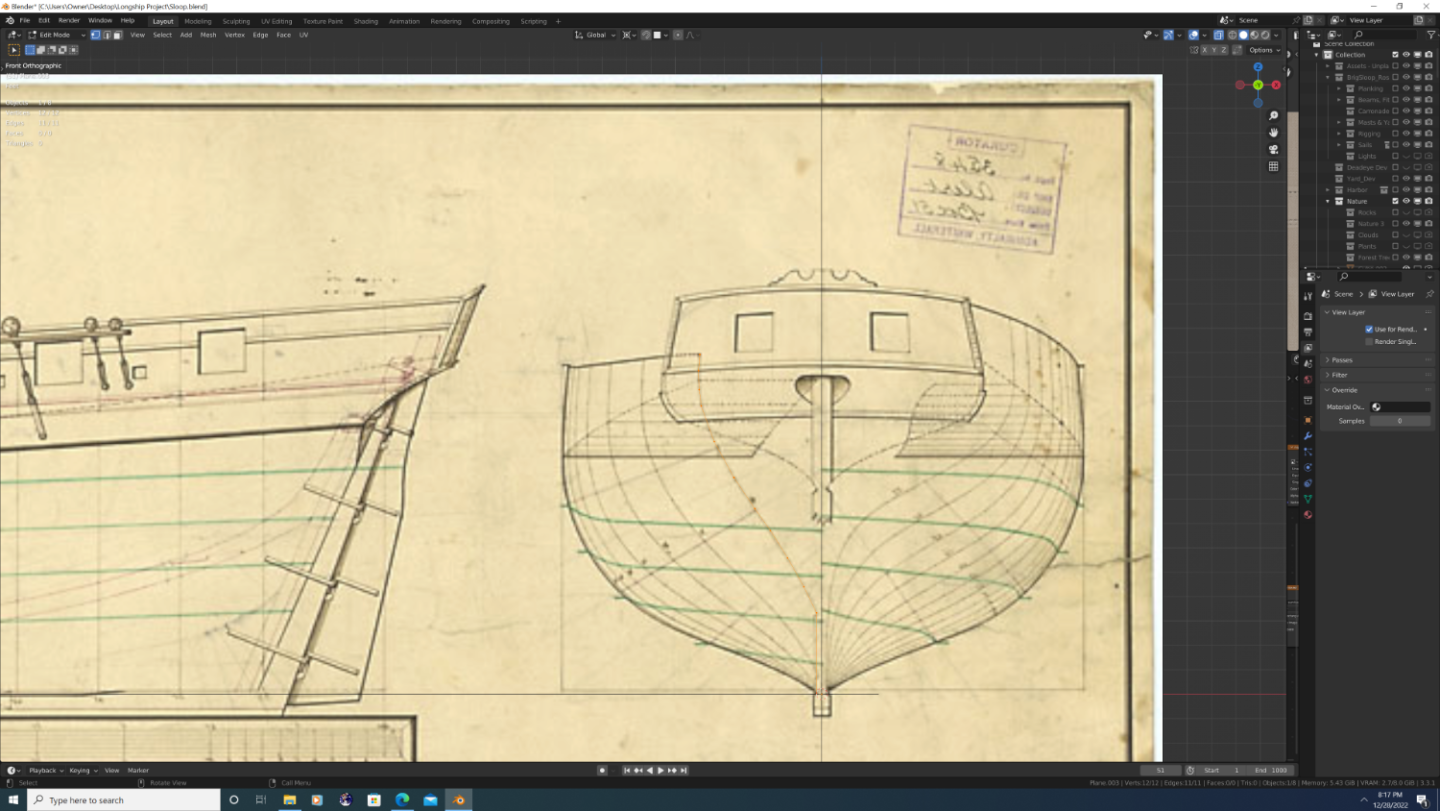
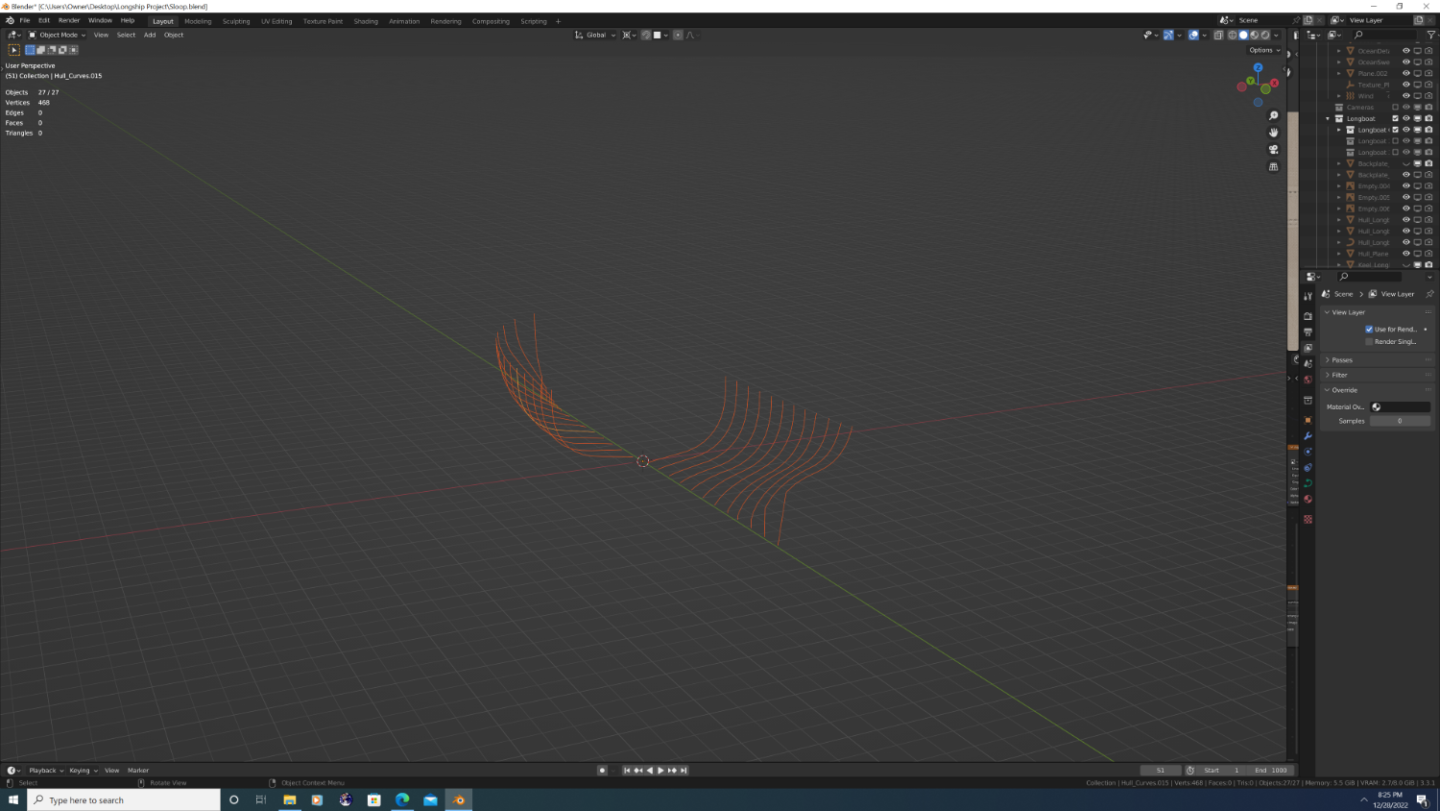
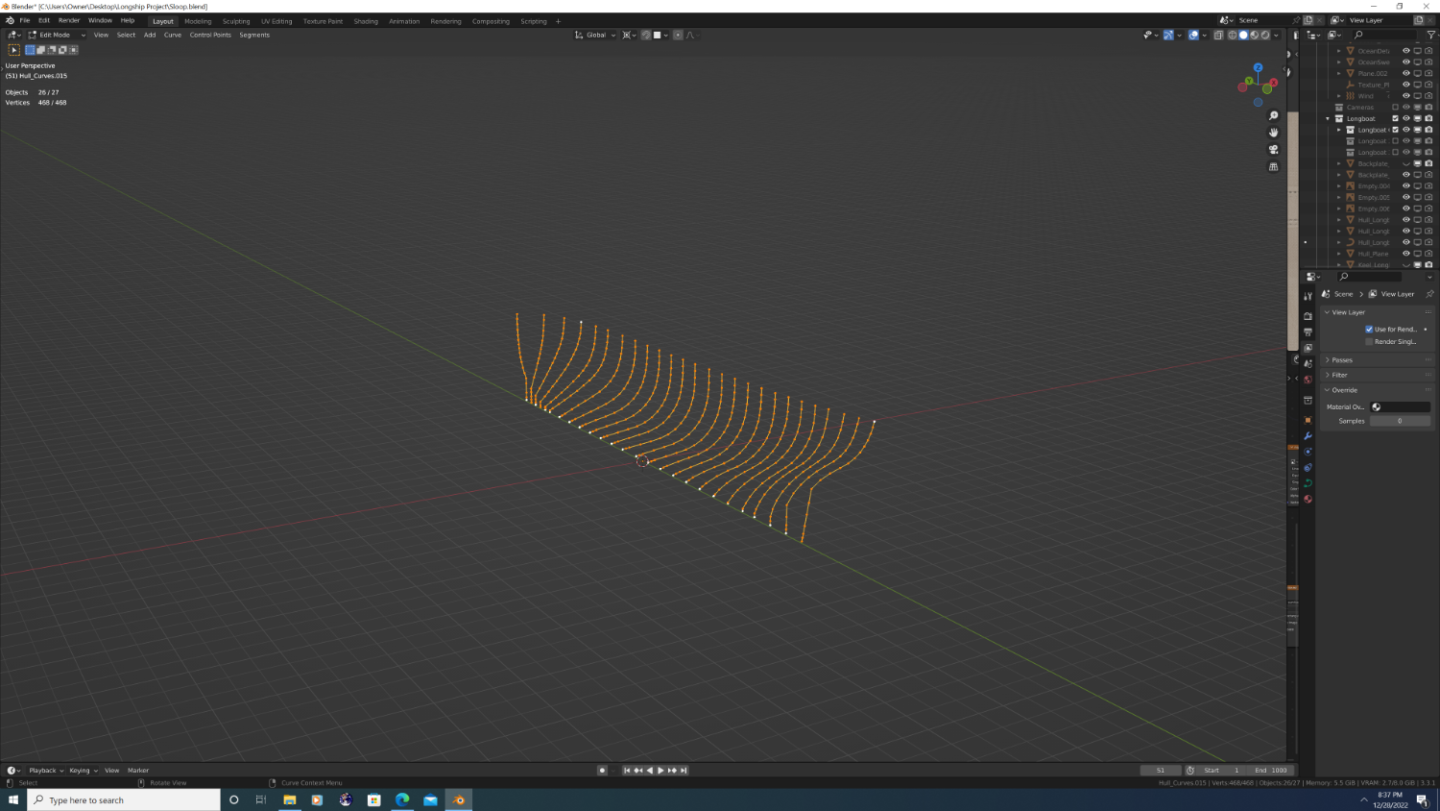
.thumb.png.c3ea28fb9278127eb326b4dffece4ca7.png)
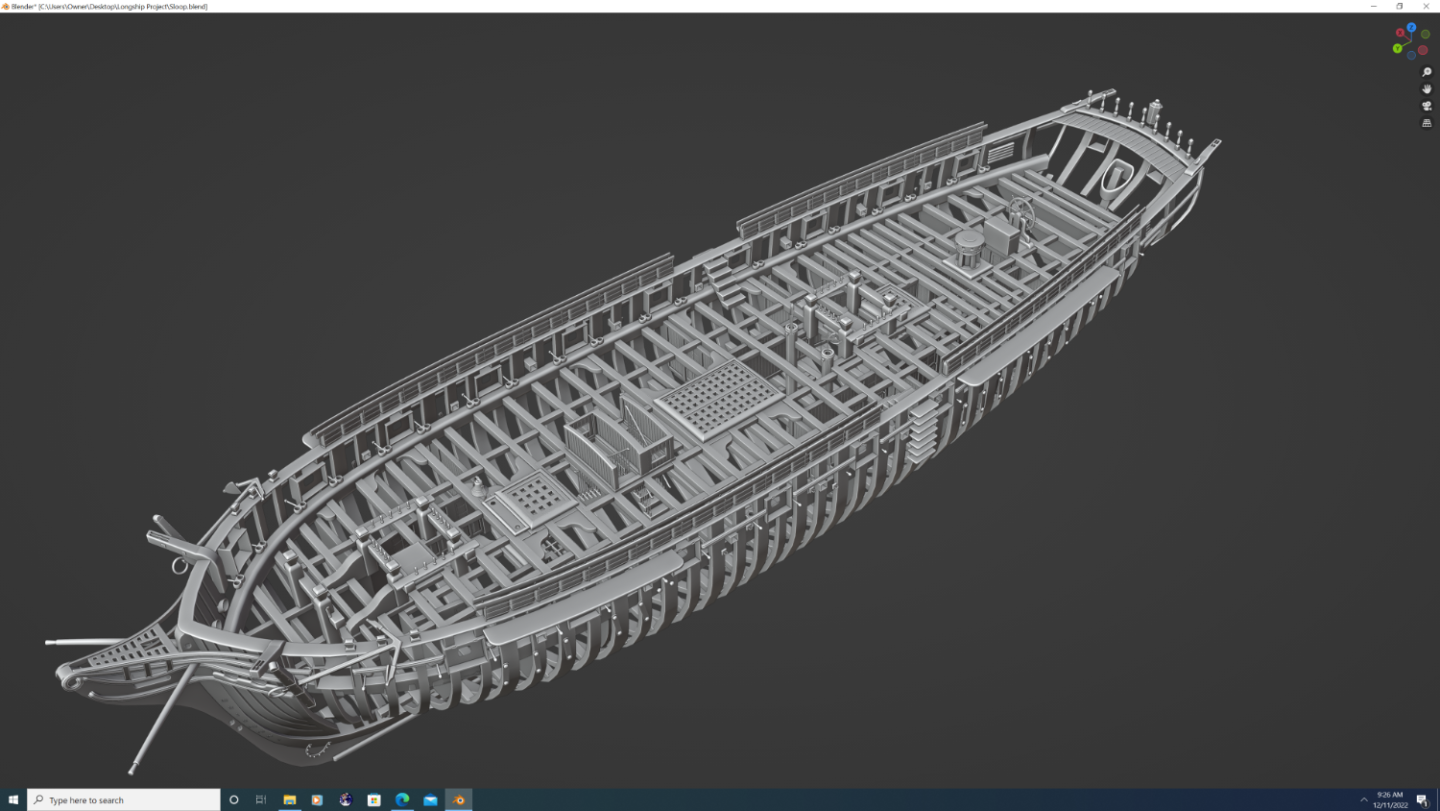
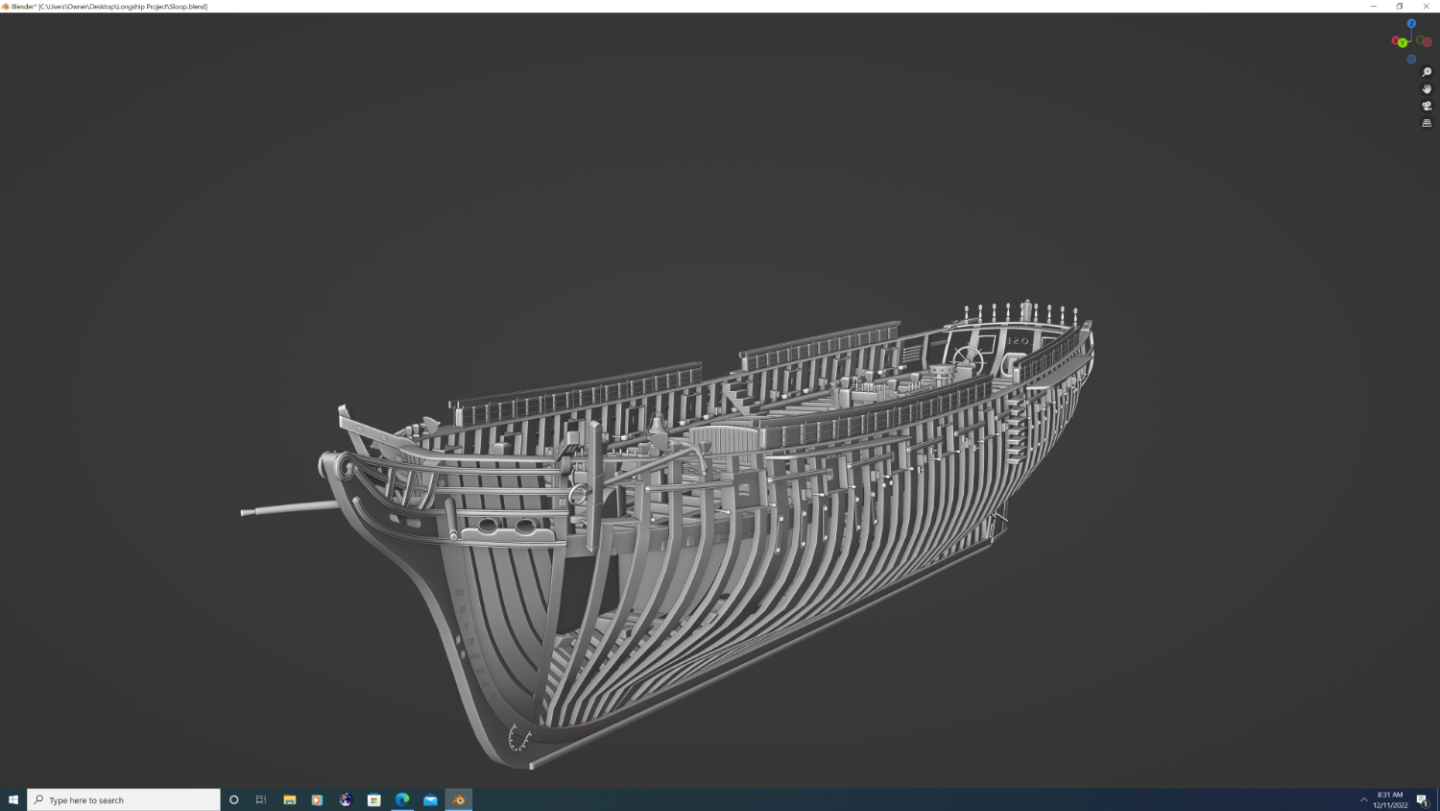
.thumb.png.ff1f1ac3d0cb2c1656e458d2b92165bf.png)
.thumb.png.8058af9a4c886112de2668eedaccbff0.png)
.thumb.png.5f08a91d15a97c449032b38dff354b02.png)
.thumb.png.60dc990ff7a5a97477c950fdce2bca6d.png)
.thumb.png.23f8420327ef8cb7045d8907cb1466dd.png)
.thumb.png.bdb83b3280530addd3b39165992e217b.png)